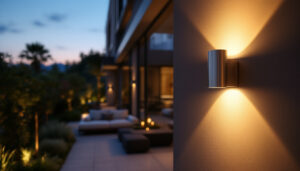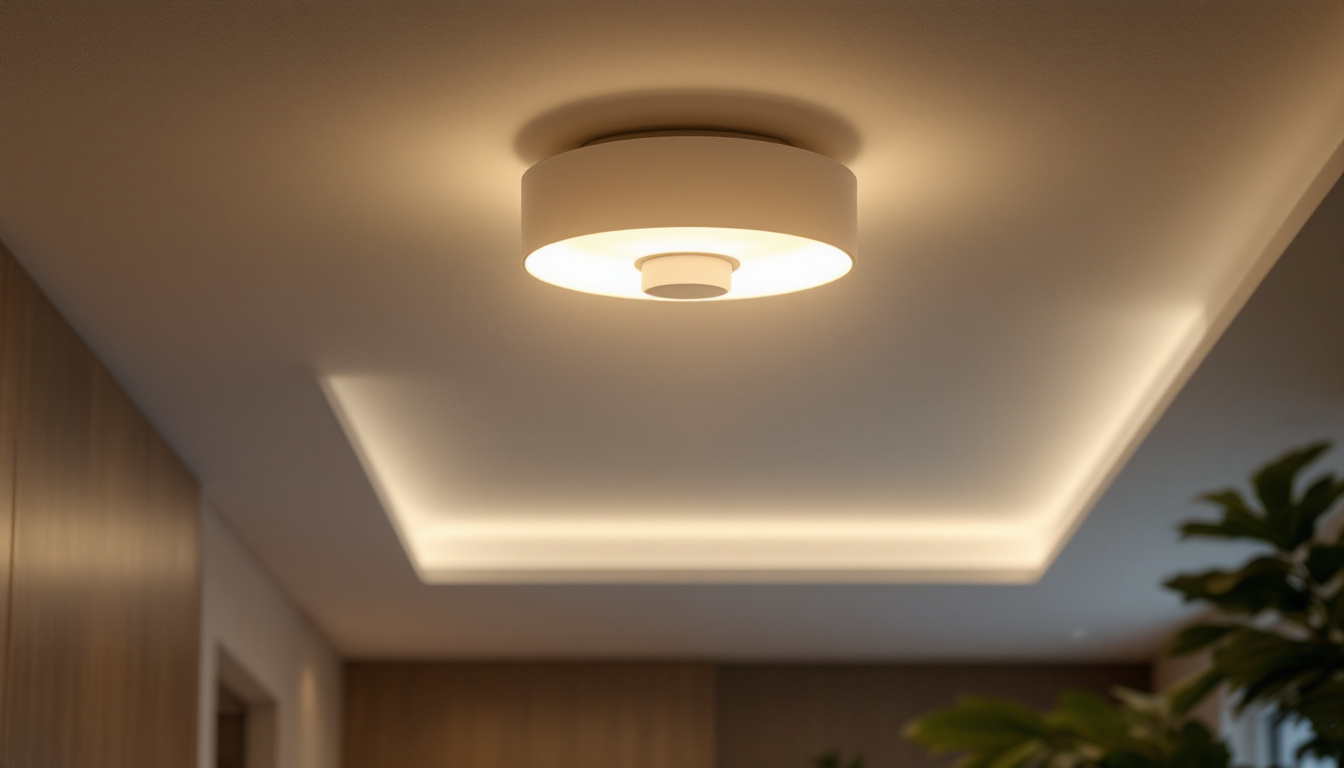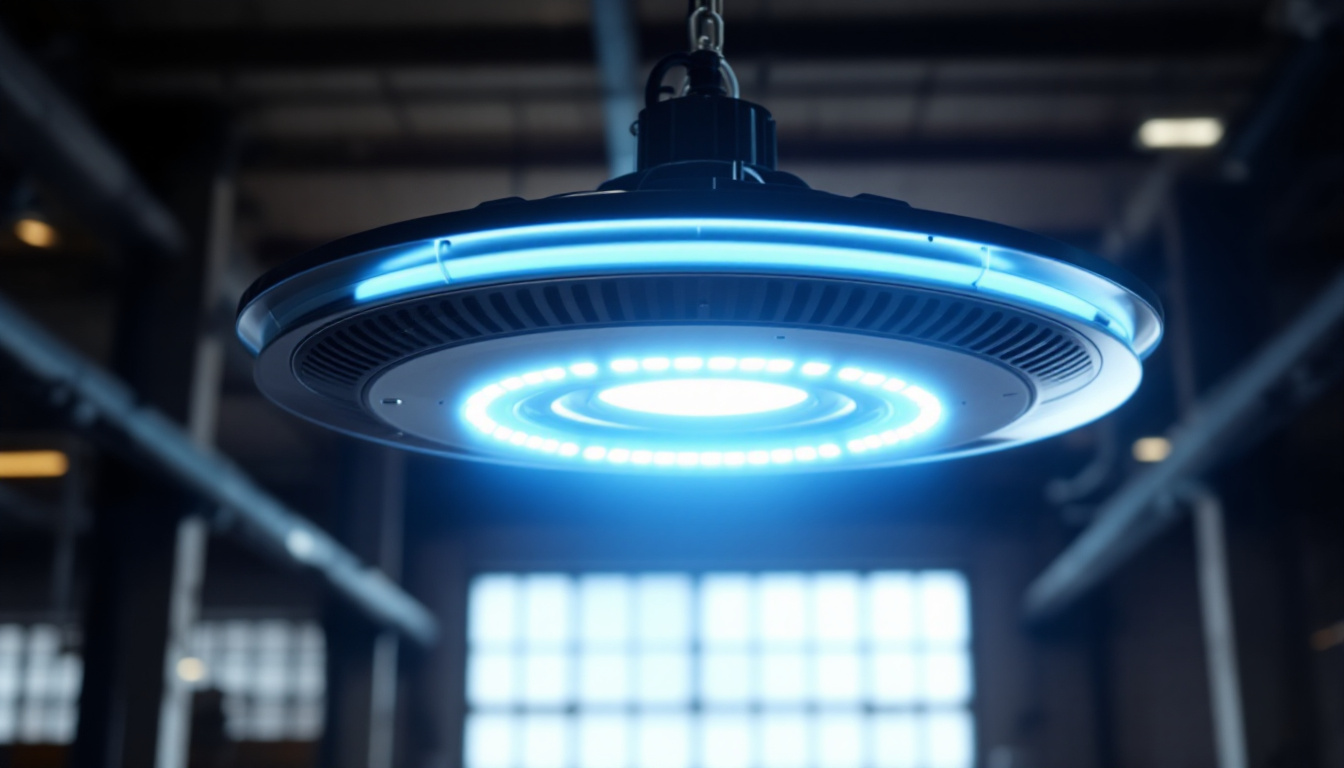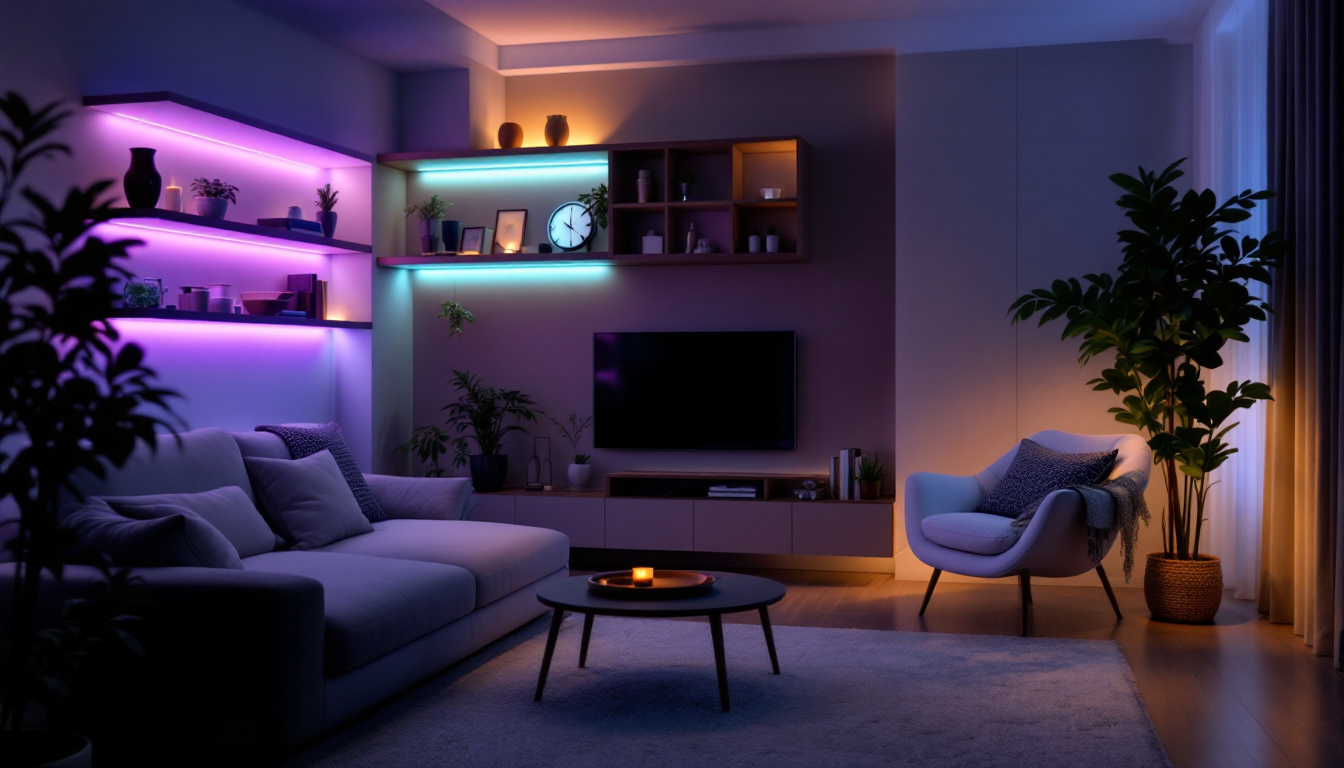

When it comes to lighting installations, ceiling light fixtures play a pivotal role in both functionality and aesthetics. For lighting contractors, ensuring that every aspect of the installation process is meticulously planned and executed is essential. This checklist serves as a comprehensive guide to streamline the process, enhance efficiency, and guarantee customer satisfaction.
Ceiling light fixtures come in various styles, sizes, and functionalities. They can range from simple flush mounts to elaborate chandeliers, each serving a unique purpose in a space. Understanding the different types and their applications is crucial for any lighting contractor.
There are several categories of ceiling light fixtures, including:
Understanding these types allows contractors to recommend the best options based on the client’s needs and the specific room layout. Additionally, the choice of material and finish can significantly impact the ambiance of a room. For instance, a brushed nickel finish may lend a contemporary feel, while an antique brass finish can evoke a sense of vintage charm. Moreover, energy-efficient options such as LED fixtures are becoming increasingly popular, offering both sustainability and longevity, which is an essential consideration for modern installations.
Selecting the appropriate ceiling light fixture involves considering several factors, including:
By taking these factors into account, contractors can provide tailored solutions that meet their clients’ expectations. Furthermore, it’s essential to consider the type of light bulb used in these fixtures, as different bulbs can produce varying levels of brightness and warmth. For example, warm white bulbs create a cozy atmosphere, perfect for living rooms and bedrooms, while cool white bulbs are ideal for task-oriented spaces like kitchens or home offices. The right bulb can enhance the functionality of the fixture and elevate the overall aesthetic of the room.
Before diving into the installation process, several pre-installation considerations must be addressed. These steps help ensure a smooth workflow and minimize potential issues down the line.
A thorough site assessment is crucial. This involves evaluating the existing electrical infrastructure, measuring ceiling heights, and determining the best locations for fixtures. During this phase, contractors should also check for any obstructions that might interfere with the installation. Additionally, assessing the natural light available in the space can provide insights into how artificial lighting can be optimized. For instance, understanding how sunlight enters the room at different times of the day can help in positioning fixtures to complement natural light, creating a harmonious balance that enhances the overall ambiance.
Understanding the electrical requirements for each fixture is essential. This includes checking the voltage, wattage, and compatibility with existing wiring. Contractors should also ensure that the circuit can handle the load of new fixtures and that all components comply with local electrical codes. Furthermore, it’s advisable to consider future scalability; planning for additional fixtures or upgrades can save time and resources later. By installing a circuit with a higher capacity than currently needed, contractors can accommodate any future expansions without the need for extensive rewiring, thus providing a more flexible solution for clients.
Engaging with clients to understand their preferences can greatly enhance satisfaction. Discussing style, brightness levels, and energy efficiency can lead to better recommendations. It’s important to present various options, including LED fixtures, which offer longevity and energy savings. Moreover, exploring different color temperatures can significantly impact the mood of a space. For example, warmer tones can create a cozy atmosphere ideal for residential settings, while cooler tones might be more appropriate for commercial environments where focus and productivity are key. Providing samples or visual aids can help clients visualize their choices, making the decision-making process more interactive and enjoyable.
The installation process is where the planning comes to fruition. A systematic approach ensures that the installation is both efficient and safe.
Before starting the installation, contractors should gather all necessary tools and materials. Common tools include:
Having everything on hand reduces downtime and keeps the project on schedule. Additionally, it’s wise to check the condition of your tools before beginning. For instance, using a drill with a dull bit can lead to inefficient work and potential damage to the materials. Furthermore, ensuring that your wire strippers are functioning properly can prevent mishaps during the wiring process. A well-organized workspace can also enhance productivity, so consider using toolboxes or organizers to keep everything in its place.
Safety should always be a top priority. Before beginning any electrical work, contractors must turn off the power at the circuit breaker. Using safety goggles and gloves can help protect against accidents. Additionally, ensuring that ladders are stable and that the work area is clear of hazards is essential. It’s also advisable to have a first aid kit nearby, just in case of any minor injuries. Familiarizing yourself with the emergency procedures and having a plan in place can provide peace of mind and ensure that you are prepared for any unexpected situations that may arise during the installation.
The installation of ceiling light fixtures typically follows these steps:
Following these steps can help ensure a successful installation while minimizing the risk of errors. It’s also beneficial to take your time during each phase of the installation. Rushing can lead to mistakes, such as improper wiring or misalignment of the fixture. After the installation, consider taking a moment to clean up the workspace, removing any debris or leftover materials. This not only enhances safety but also leaves a professional impression, especially if the installation is part of a larger project. Additionally, documenting the installation process with photos can be useful for future reference or for sharing with clients, showcasing your meticulous attention to detail.
After the installation is complete, a post-installation checklist can help ensure everything is functioning as intended and meets client expectations.
Once the power is restored, it’s crucial to test each fixture individually. This includes checking for proper operation, ensuring that there are no flickering lights, and verifying that the brightness levels meet client specifications. If any issues arise, they should be addressed immediately.
After testing, any necessary adjustments should be made. This could involve repositioning fixtures for optimal lighting or making minor tweaks to the brightness settings. Ensuring that everything is perfect before leaving the site is vital for client satisfaction.
Conducting a walkthrough with the client allows contractors to demonstrate the new fixtures and explain their features. This is an excellent opportunity to discuss maintenance tips and answer any questions. Providing clients with a clear understanding of their new lighting can enhance their overall experience.
Proper maintenance of ceiling light fixtures can prolong their lifespan and maintain their aesthetic appeal. Contractors can offer valuable advice to clients on how to care for their new installations.
Dust and grime can accumulate on light fixtures, diminishing their brightness and appeal. Regular cleaning with a soft cloth or duster can help maintain their appearance. It’s advisable to turn off the power before cleaning to ensure safety.
Over time, vibrations can cause connections to loosen. Periodically checking for loose screws or connections can prevent potential electrical issues. Clients should be encouraged to report any flickering lights or unusual sounds, as these can indicate a problem.
Educating clients on how to replace bulbs safely is essential. Contractors should provide guidance on selecting the right type of bulbs for their fixtures, emphasizing energy-efficient options whenever possible. This not only saves energy but also reduces the frequency of replacements.
Ceiling light fixtures are more than just functional elements; they are integral to enhancing the ambiance of any space. For lighting contractors, adhering to a comprehensive checklist during the installation process can lead to successful outcomes and satisfied clients. By understanding the various types of fixtures, conducting thorough assessments, and following a structured installation process, contractors can ensure that their work stands out in quality and professionalism.
Ultimately, the goal is to create well-lit environments that meet the needs and preferences of clients while also adhering to safety and efficiency standards. With the right approach, lighting contractors can elevate their services and establish lasting relationships with their clients.
Ready to take your lighting installations to the next level? At LumenWholesale, we provide lighting contractors with the highest quality, spec-grade ceiling light fixtures at prices that can’t be beaten. Say goodbye to local distributor markups and hello to our extensive selection that meets rigorous industry standards. Plus, with free shipping on bulk orders, you can stock up on premium lighting without any hidden fees. Elevate your service offerings and delight your clients with the perfect combination of quality, affordability, and convenience. Discover the best value in wholesale lighting by visiting LumenWholesale today.

Discover the essential insights lighting contractors need about Round UFO High Bay lights.

Discover the pitfalls lighting contractors often encounter with industrial LED fixtures.

Discover the innovative strategies lighting contractors use to maximize efficiency with high bay LED lights boasting 30,000 lumens.

Discover how LED tape light kits are transforming modern lighting solutions with their versatility, energy efficiency, and sleek design.
Get notified when NEW deals are released.
Optimize your budget with wholesale discounts.
Only top-quality, specification-grade lighting products.
No additional costs at checkout - what you see is what you pay.
We understand the unique needs of contractors.